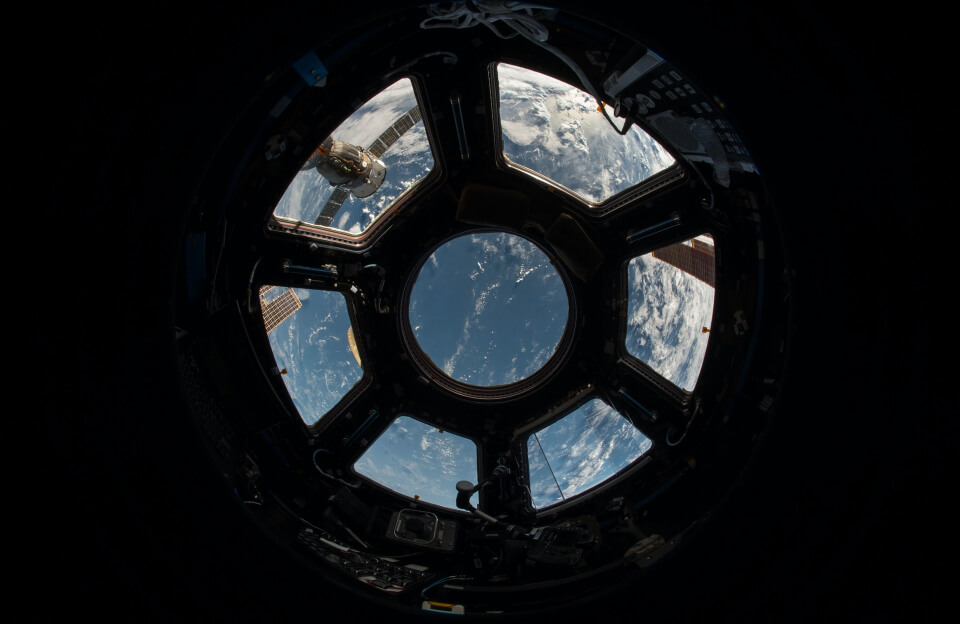Ever sat in bumper-to-bumper traffic, staring at the brake lights ahead, and wished you could just lift off and soar over the mess? I know I have. The idea of a flying car—something straight out of The Jetsons or Back to the Future—has been a fantasy for decades. But in Silicon Valley, that dream is starting to look less like sci-fi and more like a real possibility. Companies big and small are pouring money, brains, and ambition into making personal air vehicles a thing, and it’s wild to think we might actually see them in our lifetimes.
Take Kitty Hawk, a startup backed by Google co-founder Larry Page. A few years back, they were already testing a prototype over a lake in California. It wasn’t your grandpa’s sedan with wings—it looked more like a high-tech drone with a seat, powered by eight screaming electric propellers. Weighing just 220 pounds, it hovered 15 feet above the water, zipping around like something Luke Skywalker might’ve cobbled together. The pilot, an aerospace engineer, steered it with joysticks, landing it neatly on a floating pad after a five-minute joyride. Kitty Hawk’s vision? A vehicle so simple you don’t need a pilot’s license to fly it.
They’re not alone. Over a dozen startups, plus heavyweights like Airbus and Uber, are racing to crack the flying car puzzle. Even the government of Dubai is in on it, which tells you this isn’t just a Silicon Valley fever dream. The approaches vary—some are building electric vertical takeoff and landing (eVTOL) crafts, others are tweaking designs that can drive and fly, like Alef Aeronautics’ Model A, which recently made waves at the 2025 Silicon Valley Auto Show. Alef’s car can roll down the street like a regular EV but also pop up vertically with its eight rotors, hitting speeds of 25 mph in the air (for now) and boasting a 110-mile flight range. With 3,000 pre-orders at $300,000 a pop, people are clearly intrigued, even if the price tag screams “luxury toy” for now.
Then there’s Archer Aviation and Joby Aviation, both Bay Area players working on electric air taxis. Archer showed off its sleek craft at San Francisco’s airport, while Joby’s been testing in Santa Cruz. These aren’t exactly “cars” you’d park in your garage—think more like Uber, but in the sky. The idea is to shuttle people across cities, skipping the gridlock below. Klein Vision, meanwhile, has a transforming plane-car hybrid that flips from road to runway in 90 seconds, with a 620-mile range and a cool $800,000 price tag, set to launch in 2026
But let’s not get carried away. This isn’t all smooth skies and sci-fi utopias. Flying cars face some serious hurdles. First, the tech isn’t quite there yet. Battery life, for one, is a pain point—lifting a vehicle off the ground guzzles way more energy than rolling it along a road. Alef’s Model A, for example, is still semi-autonomous, and fully self-flying versions are a ways off. Safety’s another issue. If one critical part fails, you can’t just pull over to the side of the sky. Experts like MIT’s John Leonard point out that gravity is a tough opponent, and we’re not exactly nailing fail-safe software yet.
Then there’s the red tape. The FAA and DMV aren’t sure who’d regulate these things—aircraft or car rules? Both? Nobody’s got a clear answer. And don’t forget the public. As one Silicon Valley entrepreneur put it, “I love the idea of my flying car, but my neighbor? No thanks.” Imagine the chaos if every commuter’s buzzing around overhead. Plus, early models like Alef’s are priced for the ultra-rich, not your average Joe. Critics argue this could just be another perk for the private-jet crowd, not a fix for our transit woes.
Still, the optimism is infectious. Silicon Valley’s track record—turning clunky computers into smartphones—makes you think they might pull this off. Alef’s CEO says they’re aiming to drop prices to sedan levels eventually, and companies like Kitty Hawk are betting on hobbyists and enthusiasts to kickstart the market. If they can solve the tech and safety issues, maybe we’ll see air taxis zipping over San Francisco or commuters hopping over rush hour in a decade or two.


